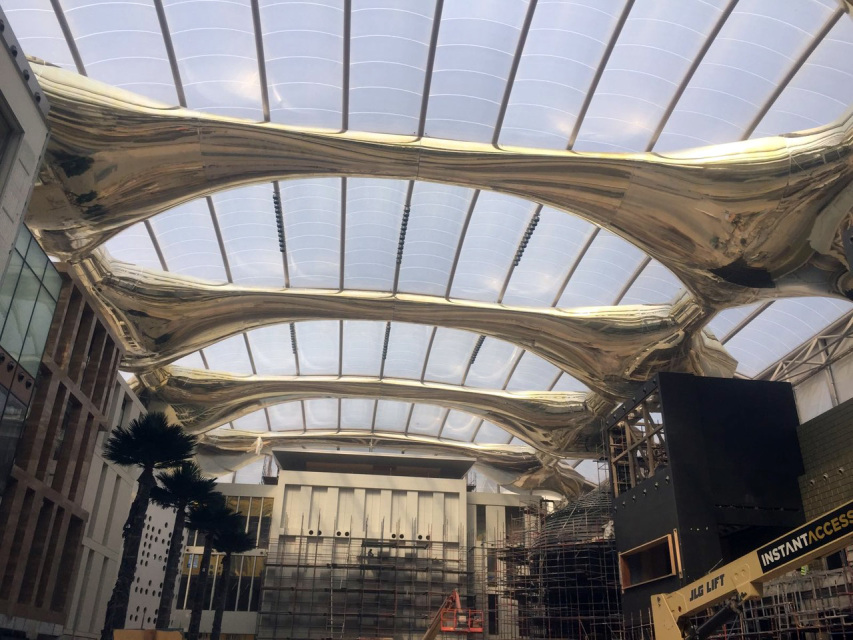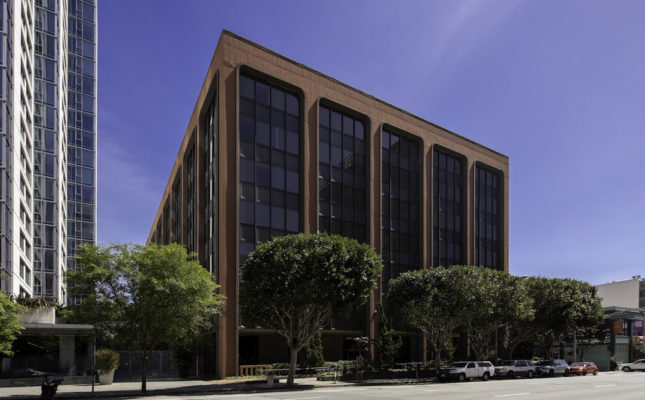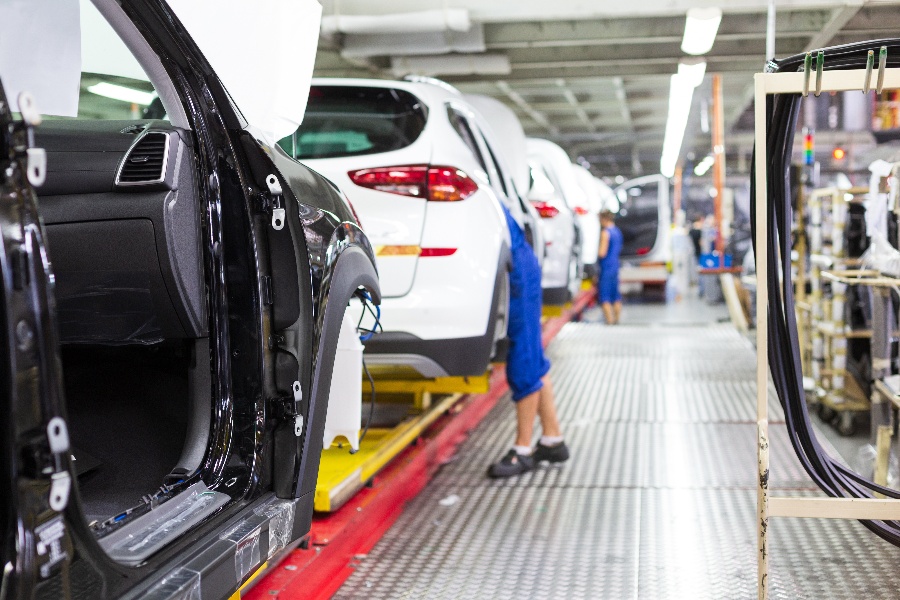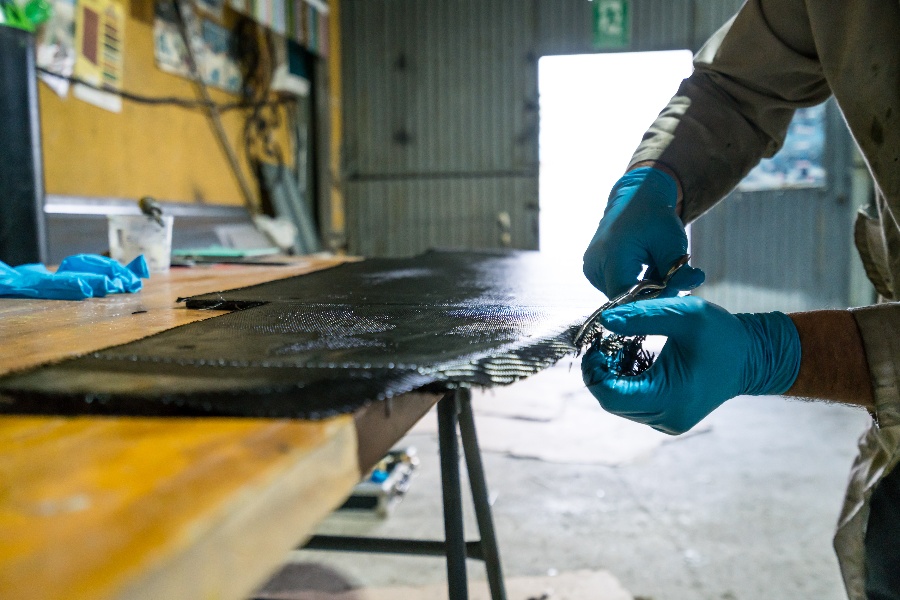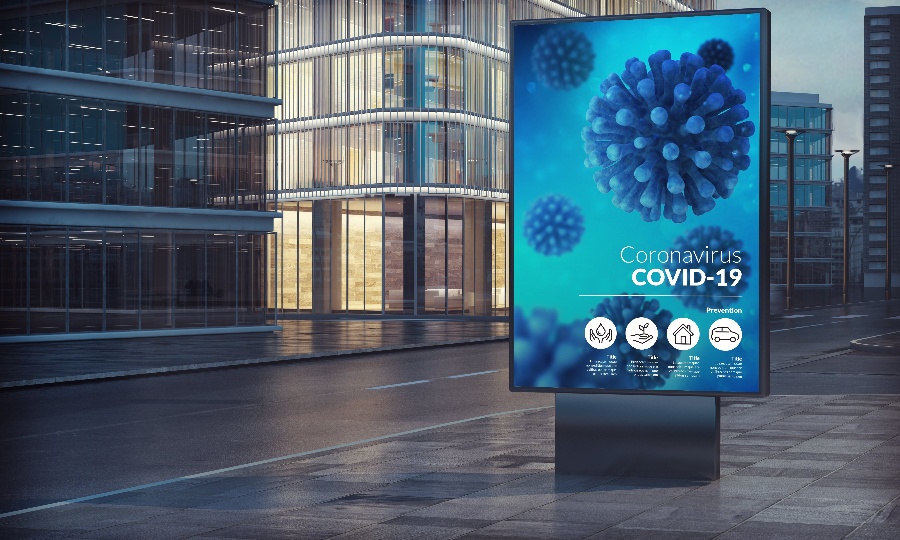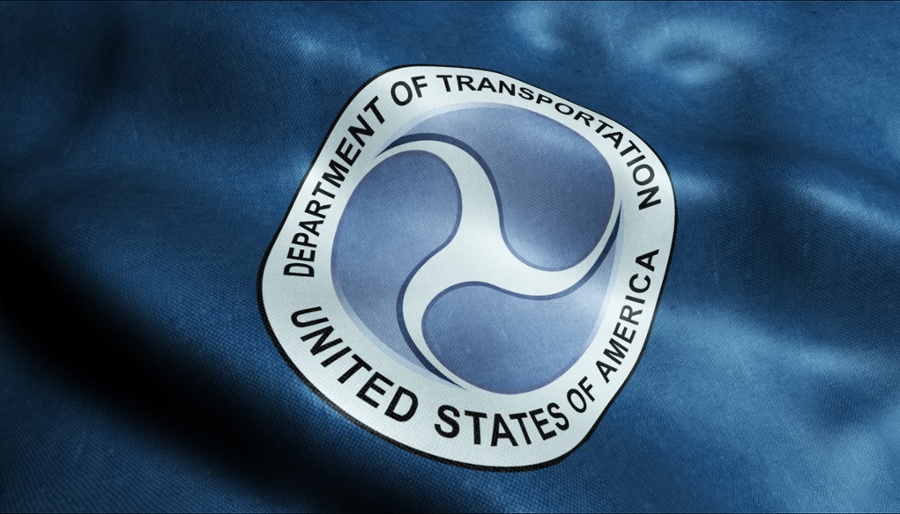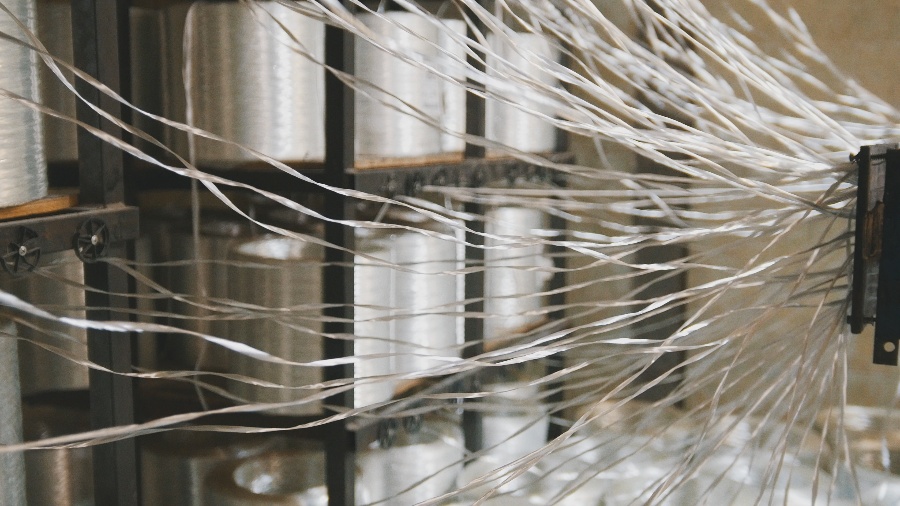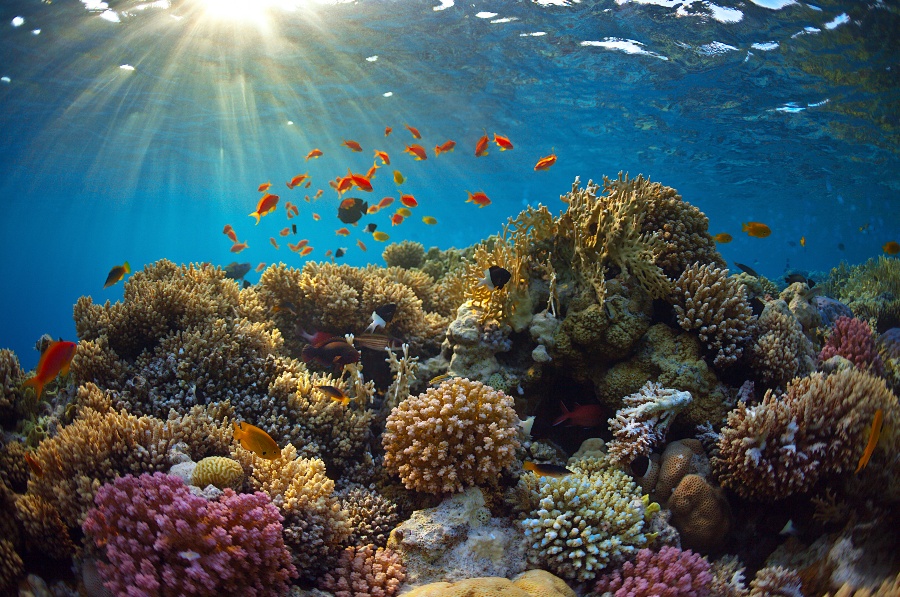
As we enter a new decade, industry continues to evolve and markets shift. As we look at what to anticipate, we’re bracing ourselves for continued evolution in a variety of areas, industries, and verticals.
The worldwide pultrusion market is expected to reach $3.0 billion by 2023 with many opportunities for growth in sectors including transportation, construction, consumer goods and infrastructure.
Growth to $3.4 billion by 2024 is possible if the estimated 4.0% CAGR holds from the period detailed in many outgoing reports of the industry (2019-2024).
As standards for sustainability and efficiency continue to evolve, here are five key areas where we see pultrusion shaping the way business is done in 2020 and beyond.
1. Construction
Both private residences and commercial buildings under construction in 2020 have a common need: sustainable, affordable materials that don’t compromise durability.
Whether it’s for an outdoor project that will face exposure to the elements or for sensitive electrical work that requires flexible, non-conductive materials, pultrusion continues to offer the best possible solutions to fit specific construction needs.
Because pultruded products are highly customizable, you can push the limits of your architectural and construction creativity and trust that there’s a solution for any problem that you may encounter.
When it comes to windows and glass, pultrusion is the ideal way to create attractive, minimalist reinforcements that don’t compromise strength or design. Multiple artistic styles and unique pieces can be easily created to match any architectural style.
Because pultruded fiber-reinforced plastic (FRP) is corrosion resistant and stands up well to sun, rain, and other harsh elements, it becomes an ideal material for outdoor projects, such as parks, golf courses, food halls, and other recreation facilities.
Pultruded products are commonly used for sporting goods, as well as for landscaping support such as tree stakes and driveway markers.
2. Alternative Energy & Sustainability
With climate change continuing to rise, renewable energy is becoming more important than ever. Wind, solar, and hydroelectric power sources are becoming more and more important to protect our planet.
However, the tools and machines needed to harness these energy sources also need to be built to last and reduce waste.
Pultruded fiberglass and resin parts are non-conductive, strong, and durable—making them perfect for the manufacture of wind turbines, solar panels, and hydroelectric wheels.
One of the key elements of alternative, renewable energy is making sure that every aspect of production aligns with sustainability standards. This includes ensuring that materials are recyclable and won’t contribute to additional waste. Pultrusion is a highly sustainable process, and the thermoplastics used are easily recyclable.
Pultruded products have been increasingly popular in several industries that share the common goal of moving in cost-conscious and environmentally-conscious directions.
As a process in itself, pultrusion uses less energy and head while producing less waste and air pollution when compared to processing for steel and aluminum production processes.
Lower-weight, more cost-effective materials means cheaper, more abundant sources of energy with a vastly improved life cycle and reduced environmental impact.
That makes it possible for alternative energy companies, including wind turbine and solar panel manufacturers, to know that the products they sell are held to higher sustainability standards and offer a more truly end-to-end green product.
3. Aerospace
As we enter a new decade, the aerospace industry particularly space travel can be expected to evolve rapidly.
With private players like SpaceX entering the final frontier and exploring commercial opportunities, we can expect space exploration and travel to evolve exponentially. This is extremely exciting, but it’s also extremely complex—it’s literally rocket science.
When traveling off the planet’s surface, every ounce of weight counts, both from cargo and from the equipment itself. Once aloft, a spacecraft requires extreme precision to operate safely.
A stray spark or loose wire can lead to a catastrophic failure. Pultruded products are ideal for the aerospace industry because they’re non-conductive and ultra-light for their tensile strength, making them ideal for the manufacture of spacecraft, rockets, and
Pultruded products are also ideal for supporting ground operations. Both private and public space missions require intense ground support in the form of command centers, research facilities, and laboratories.
By using pultruded products in construction and manufacturing, space operations can keep their costs low and construction safe so the bulk of resources can be invested in additional research and off-world missions.
4. Automotive & Transportation
Alongside energy evolutions and interplanetary travel is the need for efficient travel across the globe. People love having their own vehicle, but they want to know that the vehicle they’re investing in will get them the best fuel economy and durability.
Pultruded fiber-reinforced plastic (FRP) is a great alternative to steel and aluminum parts, and more durable than standard non-reinforced plastics.
Aside from personal transportation, pultrusion also offers opportunities in public transportation. Buses, rapid transit, and trolley systems all have small parts and electrical systems that can be manufactured from FRPs for durability, consistency, and cost-efficiency.
Private transportation, such as charter buses and airlines also have similar parts needs. FRP parts aren’t only used in the electrical systems and structural construction, but can also be used in cabins, seats, and other comfort-enhancing furnishings.
In all transportation verticals, it’s important to consider weight, ease of replication, and durability. Especially in transportation, it’s important to keep maintenance costs low, and to keep parts consistent across an entire fleet of vehicles to manage those costs.
Pultrusion allows for consistent, identical parts to be produced quickly and easily. These parts are highly durable and resistant to environmental and chemical corrosion, making them ideal for the high-stress situations presented by planes, trains, and automobiles.
In general, the automotive industry continues to compete for materials with low weight and high durability for the introduction of driver-less cars and the heightened demand for hybrid cars.
Pultruded will continue to grow in demand because of its ability to manufacture these materials with high strength and low conductivity to electricity.
5. Consumer Goods
Various types of pultrusion applications are making headway into the consumer goods sector such as sound barriers, tool handles, structural shapes, antennas, road markers, grating, decking, cable trays, rebars, ladder rails, sporting goods, window profiles and others.
Market research firm Lucintel predicts that the global retail sporting goods industry is worth $5 trillion and would bring in $110 billion per year in the U.S. alone.
Annually, sporting goods store sales in the United States bring in more than $47 billion. Such products include athletic footwear, exercise equipment, licensed sports merchandise, and athletic apparel.
In fact, the sports retail market is expanding and demand among retailers for high-quality goods is only likely to grow.
Looking Ahead
As technology evolves, manufacturing and materials need to keep up to support industrial growth. At Tencom, we have more than twenty years of experience in pultrusion and FRP manufacturing, and we pride ourselves not only on our experience, but on our expertise.
As we look to another decade, we have our sights set high for our business, our partners, and for the industry as a whole. We always aim to deliver the right product, at the right time, at the right price so that our customers can create products that shape lives.





